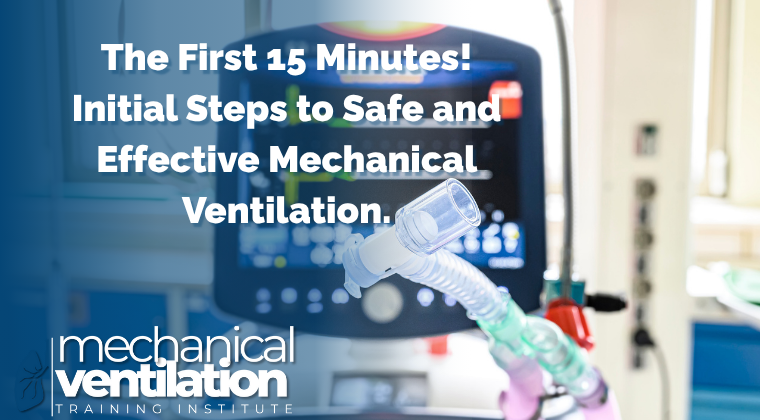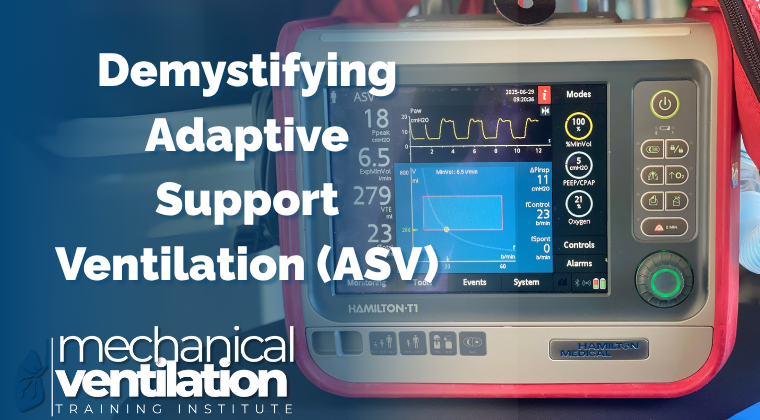
Come Learn With Us!
Mechanical Ventilation Essentials: A Continuing Education Series
Live continuing education to help you stay current with the latest techniques and knowledge in mechanical ventilation.
Join us each month as we explore a new topic of mechanical ventilation.

Riding the Wave (Part 1): An Introduction to Scalar Graphs
This 1-hour live online course introduces healthcare providers to the essential skill of interpreting scalar graphs in mechanical ventilation. Participants will learn how pressure, flow, and volume scalars reflect patient–ventilator interactions, identify normal versus abnormal waveforms, and recognize how changes in scalars guide clinical decision-making.

Riding the Wave (Part 2): An Introduction to Ventilator Loops
This 1-hour live online course explores the fundamentals of ventilator loops and their clinical value in mechanical ventilation. Participants will learn how pressure–volume and flow–volume loops reveal important information about lung mechanics, patient effort, and ventilator performance.

Master the Art of Lung Protective Ventilation.
This 1-hour live online course equips healthcare providers with practical strategies to apply lung-protective ventilation in critically ill patients. Learners will review key concepts such as tidal volume targeting, plateau pressure, and driving pressure, and explore how to individualize settings across ARDS and other clinical scenarios.

Preparing for Transport: Optimizing Safe Transfers of Mechanically Ventilated Patients.
This online course prepares healthcare providers to optimize mechanically ventilated patients for safe and effective transfer. Emphasis is placed on ensuring critical pre-transport steps are completed, including obtaining a recent arterial blood gas (ABG), obtaining and reviewing a post-intubation chest X-ray, and verifying proper endotracheal tube placement and stabilization.
We will discuss the importance of optimizing ventilator settings and patient–ventilator synchrony before the transport team’s arrival, as well as the importance of communicating accurate patient height and weight to guide lung-protective strategies.
We’ll also review logistical considerations such as ensuring adequate oxygen supply for the transfer, and designating personnel to assist with moving the patient and equipment to the transport vehicle.



